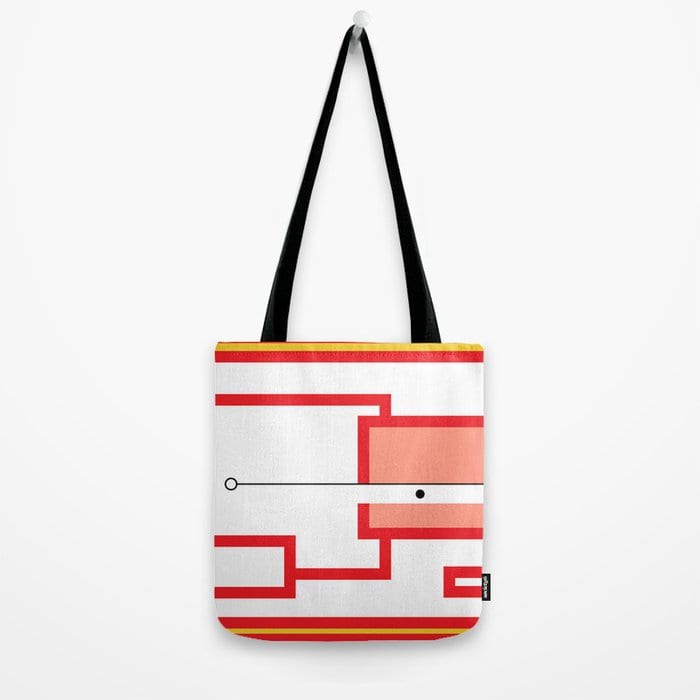
My macro.baby illustrations are now available on tote bags and backpacks on the Society6 shop. Carry all that baggage of yours in style!
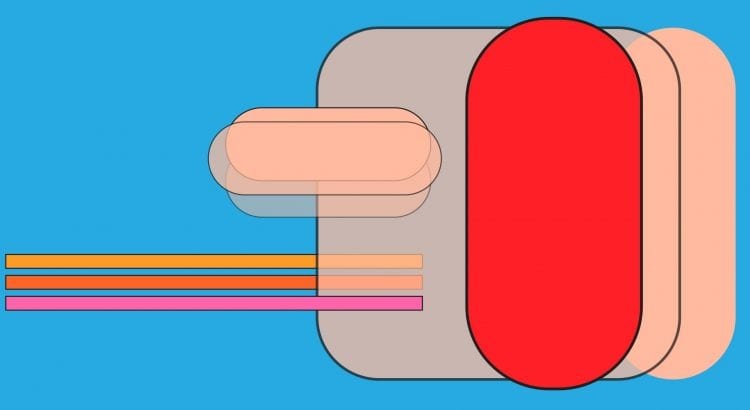

My macro.baby illustrations are now available on tote bags and backpacks on the Society6 shop. Carry all that baggage of yours in style!
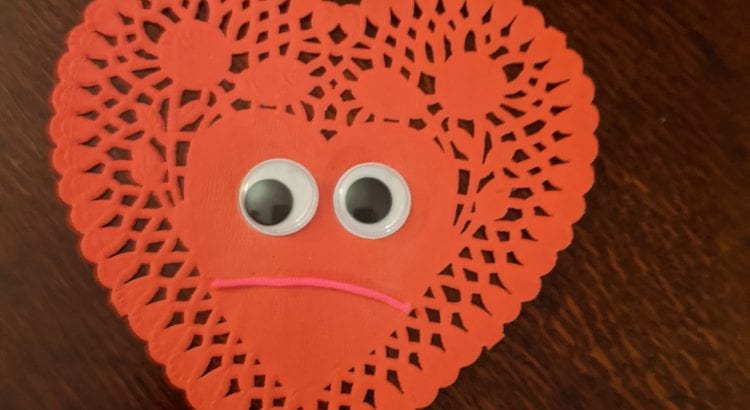

I spent most of January in an escapist headspace, burrowing down into several subjects, my fascination with which have taken me by surprise.
1) Richard Yates. I read Revolutionary Road in 2008 when the movie came out because my tween brain imprinted on Titanic-era Kate and Leo in 1997 and I’m pretty much subconsciously committed to following them in a space ship to Mars if they were featured as star-crossed lovers in its alien-infested bowels.
But. I never watched Revolutionary Road the movie for some reason? Probably because I read the book first and it was devastating; too devastating to see on screen right afterward. Fast forward almost 13 years later, the movie’s on HBO Max and with all this quarantine time on my hands, I gave it a crinoline-skirted whirl and… god damn. Devastating, yes indeed, but I was surprised at how differently I thought of the characters and the plot with some years as an adult under my belt. (APRIL, I KNOW, IT SUCKS YOU CAN’T SELF ACTUALIZE BECAUSE OF THINGS OUTSIDE YOUR CONTROL, BUT YOU LUCKY BITCH, JUST ENJOY YOUR HOUSE AND WORK-FREE LIFE OMFG.)
Perhaps my bleak outlook is quarantine related. Or could it be because the movie is different from the book? I bought a three-book tome of Richard Yates’ work and decided to find out. This turned out to be the biggest January 2021 gift of all! What a cynical, destructive, brutal, little worm Revolutionary Road is. 😍 Like the girl-smirking-at-house-fire meme in book form. I love it, and I find such unrepentant catharsis in how slowly but surely Yates dismantles each character with the kind of rage-eyed honesty no one wants to be in front of but, if you see the people the way he does, feels so rewarding and relieving to watch.
And how he does it is startling. Funny almost. You can’t even see it coming. Example: The following savory paragraph about how the children can sleep comfortably now that their parents have stopped fighting (because mom and dad are high on their unrealistic self-deluded fantasy that will eventually kill someone but we’ll get there soon enough!).
“They could lie drowsing now under the sound of kindly voices in the living room, a sound whose intricately rhythmic rise and fall would slowly turn into the shape of their dreams. And if they came awake later to turn over and reach with their toes for new cool places in the sheets, they knew the sound would still be there—one voice very deep and the other soft and pretty, talking and talking, as substantial and soothing as a blue range of mountains seen from far away.”
Then, next paragraph, like a slap in the face from a surly sugar plum fairy:
“This whole country’s rotten with sentimentality,” Frank said one night…
HA!
2) Dennis Rodman. I know, girl! I don’t know! Whyyy?
This minor obsession was inspired by another thing we finally watched: The Last Dance docu-series, which chronicles the 1990s Chicago Bulls as they went for their sixth and final title. At first I was really grooving on Scottie Pippen, learning about his playing style, often relegated to the second paragraph (rightfully so) behind Michael Jordan (GOAT). Then I met Dennis “The Worm” Rodman. Like, basketball Dennis Rodman. I’m so compelled by him! I’m trying to figure out why? I love the way he played basketball, I know that much. Gutter ball go-getter, beast hunter of the rankest of rebounds, trash-talking trash man king of the trash can people…
3) Art as self-authorization. That both of the angry, broken-hearted people listed above struggled with addiction issues all their lives, is the only thing not surprising to me.
I’m interested in people who have channeled extraordinary pain into something else and then turned that “something else” into a brand new something else. Something only they could do or make or be. And if it’s got a little dash of rebellious, self-supporting stank on it, even better. Dennis Rodman became his own performance art piece on the basketball court after accepting that the love/loyalty he thought existed in the world did not, in fact, exist; turning into Dennis Rodman as we now know and (I) love him was the alternative to suicide. For Yates, writing about loneliness, hopelessness, and self-dishonesty the way he did throbs with recognition; this is someone who lived most of their life feeling like a balloon within a balloon, disconnected from others and bumbling about in the void.
Maybe what’s appealing to me about Yates and Rodman right now relates to the third thing I thought about a lot this past month: the idea that being an artist is simply a matter of self-authorization—authorizing yourself to see what you see and express it however you see fit, then move on. I dig that. Feel inspired by it. Even when it comes from deeply flawed sources. Especially when it comes from deeply flawed sources (who have tried and failed to redeem themselves over and over). For those artists I am “rotten with sentimentality.”
Related: Below are some videos I made for my gallery’s Instagram stories this month. I ~authorized~ myself to learn how to animate my work and post it even if I don’t think it’s perfect yet. Can’t wait to see what February brings. Stay healthy, friends.
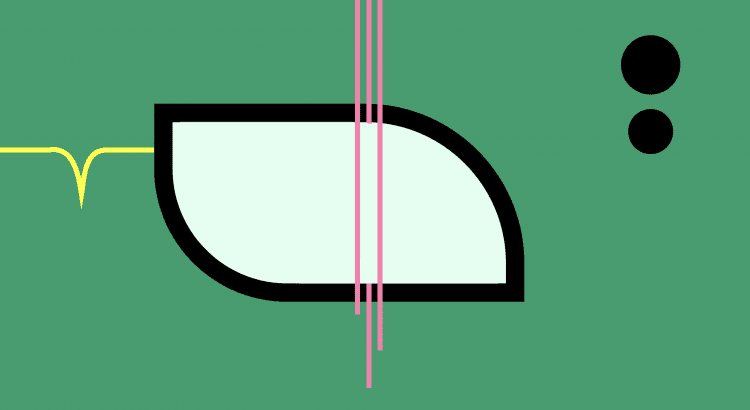
The day after Christmas 2019, I jumped into the Adobe deep end and purchased a year’s-long subscription to Illustrator. I was eager to learn the program, though I can’t remember why? Less expensive than buying canvas and paint, maybe?
Regardless, it turned out to be the best investment of 2019 (and we bought a French press that year!). Making an artwork every morning proved to be an anchor of consistency in a chaotic 2020, a way to visually track my growth in a moment when time started to feel like an unreal flat circle.
And you know what they say: When life gives you time that feels like an unreal flat circle, turn those flat circles into abstract illustrations. Or something.
In other words, I’ll be back at it in 2021. Cheers, friends. I hope you have the happiest, healthiest new year!
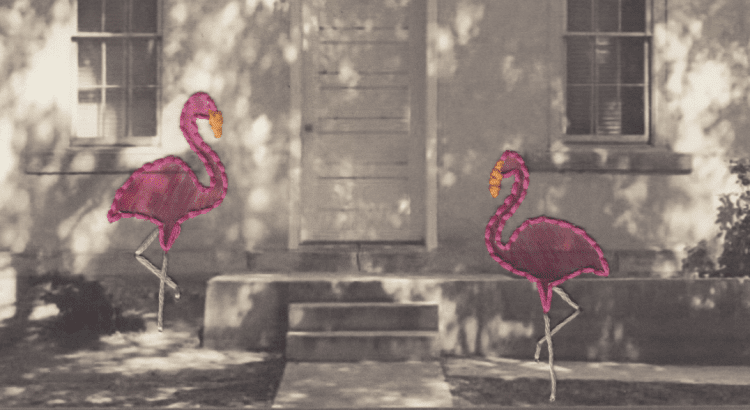

Get a free limited-edition tote bag when you spend $100 or more at shop.JackieMantey.com Thanksgiving through Cyber Monday (November 26-30).
The special tote bag features a heat-pressed print of my photography, embroidery, and illustration collaged into one awesome sack design appropriate for any and all sack-related things.
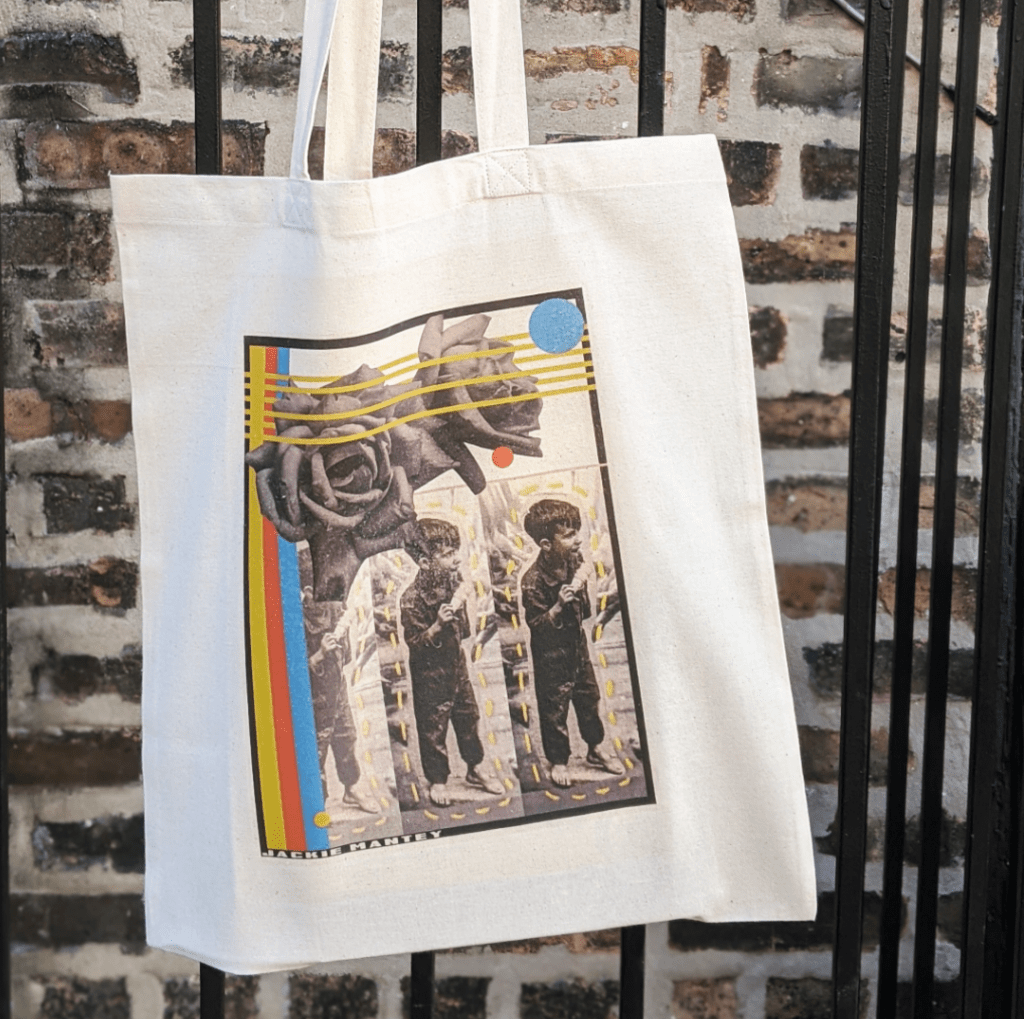
The boy slurppin’ on some soft serve while barefoot on a sidewalk is one of my favorite moments from my 2018 gallery show at Slate Arts. It was fun to bring him back out to play again, this time in Adobe Illustrator.🍦
Like always, tax is included in the shop list price, and shipping is free!
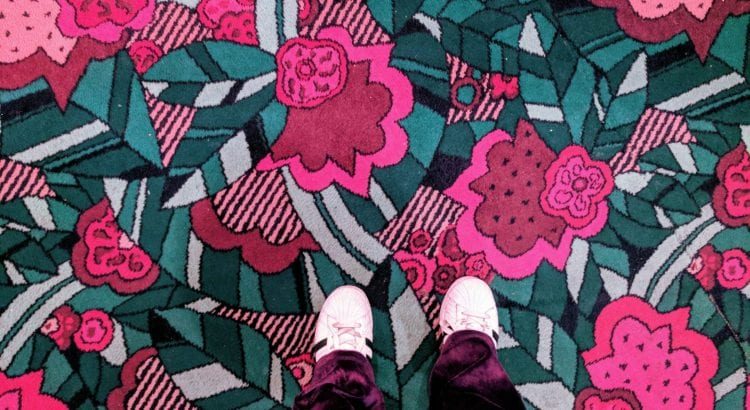
Why pink? I’ve always loved this color.
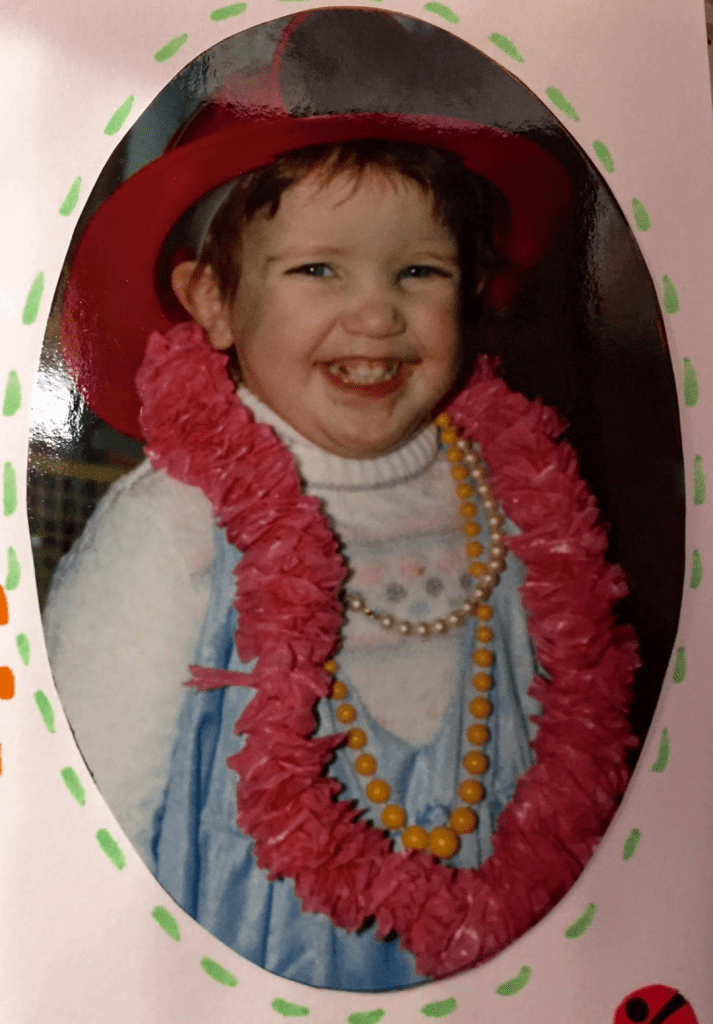
I’m drawn to every version of it. Bubblegum. Neon. Fuchsia. Pepto Bismol. Patent leather (my favorite).
My senior year of high school my mom made me a hot pink crochet blanket as a graduation gift. I loved it. For a while. Then I stored it away in the top of my closet for about a decade. Why? Pink feels authentic to me, but I became embarrassed by my love of the color.
Pink seemed too conventional, too basic, too one-dimensional. That was how I perceived others perceived it. It was as if pink had already been claimed by women who weren’t like me, representing identities of the shopaholic bimbo that I wanted to distance myself from. I felt like pink had been claimed by a consumerist or sexualized society that made me feel less than valuable.
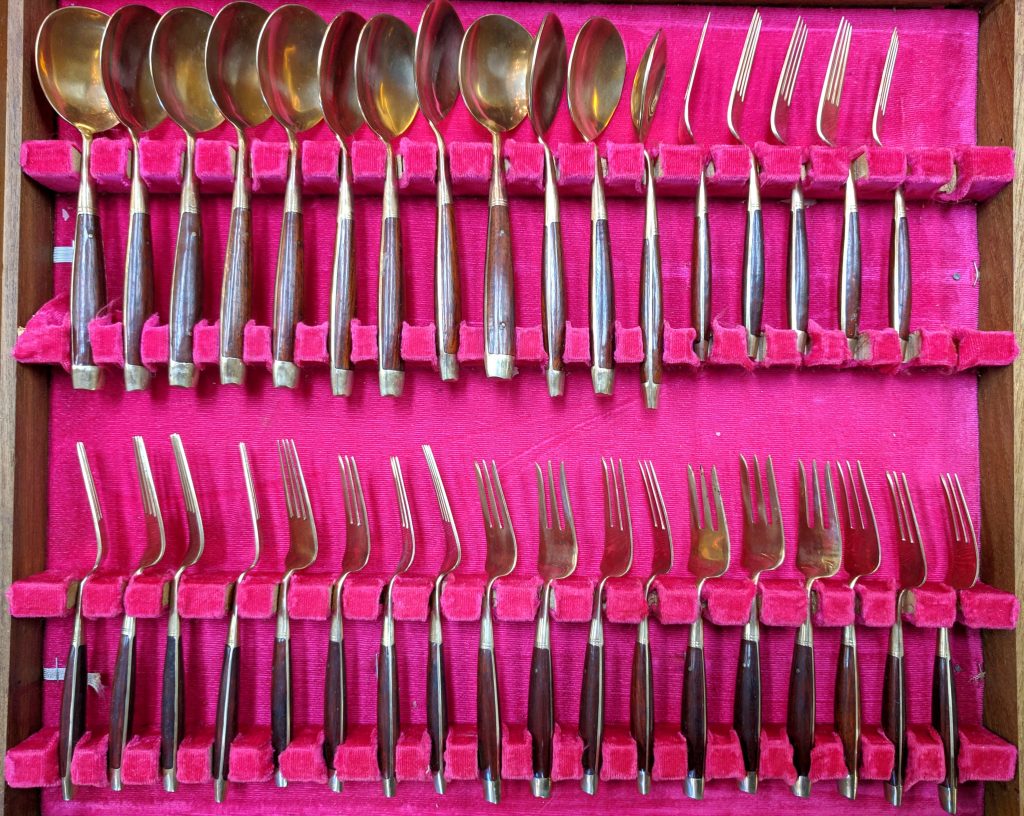
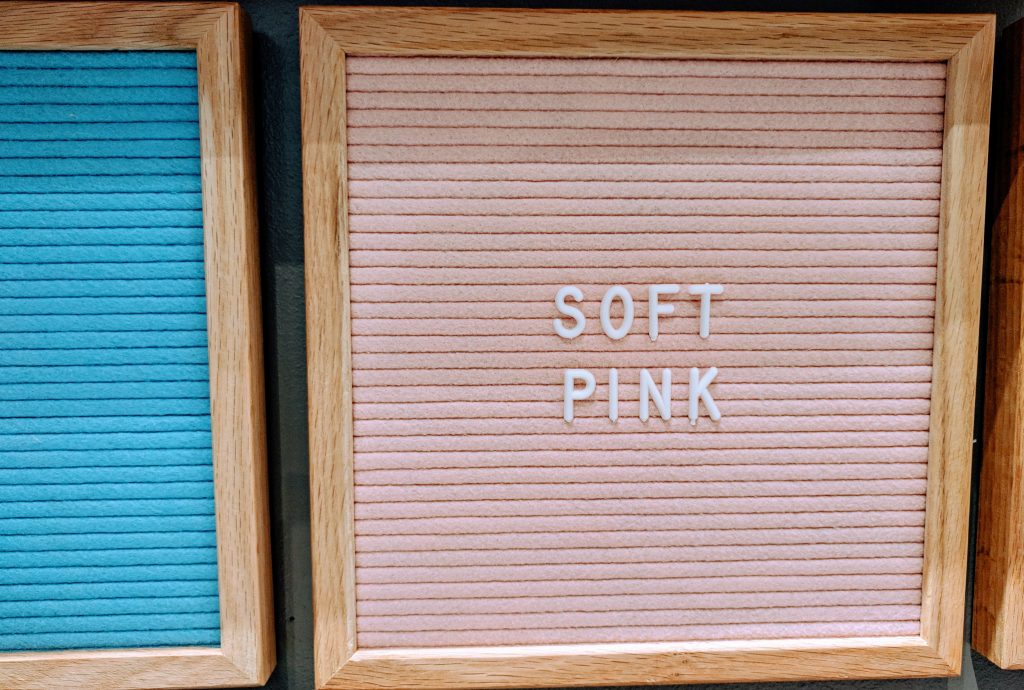
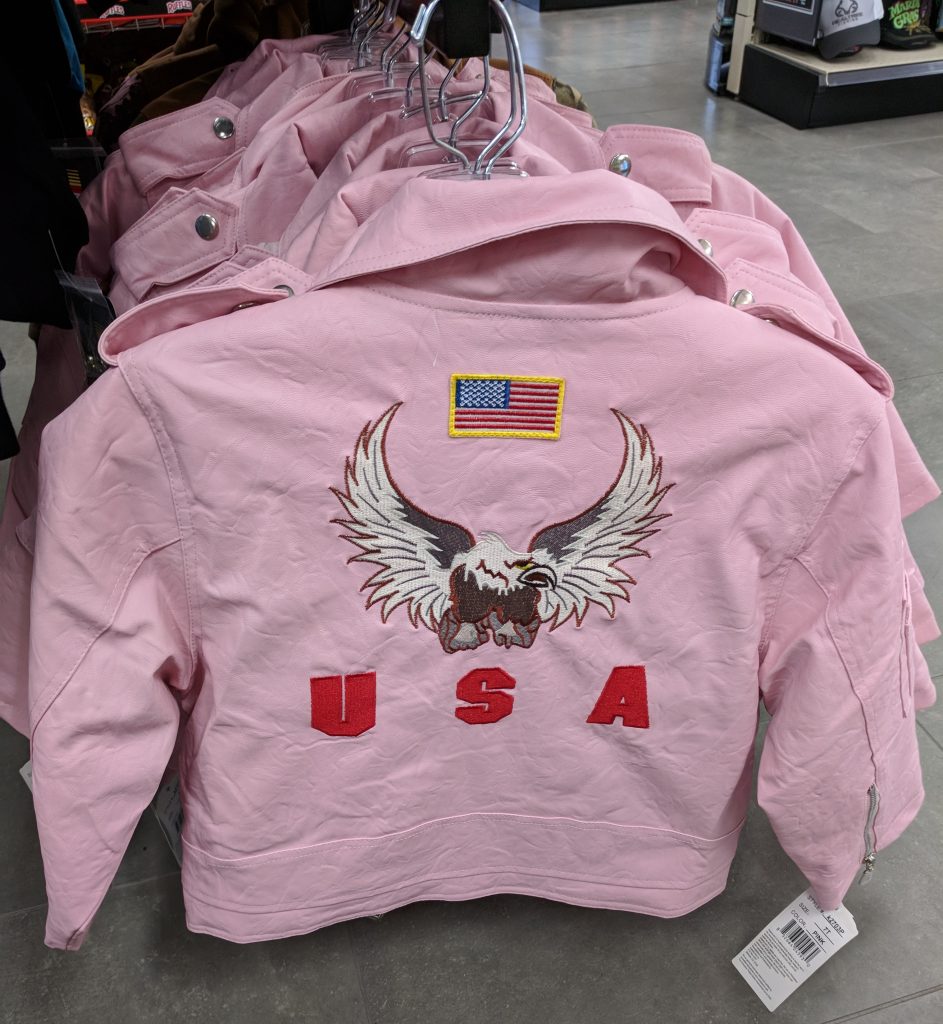
By my mid-college life I had veered away from pink’s statements, shamed by how the color has been weaponized to sell women shit and commodified to represent a whole community (i.e., who should like it and who shouldn’t). I was also cowed by the seeming conventionally of it (this, my own confused internalization of the weaponization of the color), and instead dabbled for a bit in punk rock black or wannabe-queer camo. Color and pattern are so tied to identity in that way.
Eventually, as I settled into myself, I came back around to pink, and I think it’s no coincidence that I fully embraced its powerful hold on me in my 30s, an age profound in its allowance to let me be myself. My true self. My awash in pink, sadly joyful selfhood.
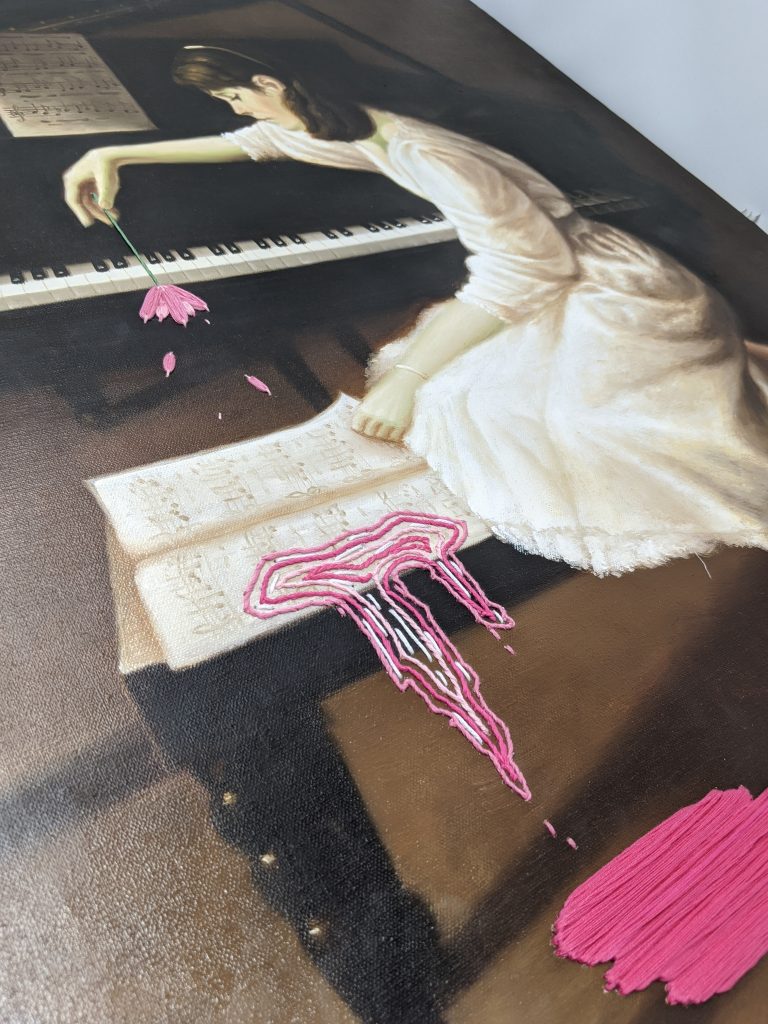
Pink is a symbol of my roots, my discontent, and my self actualization.
I love when men wear or like pink, but I am not too interested in using the color as an obvious gender statement in my artwork, though it probably can’t be unthreaded from that experience in a small capacity. No, I use it in my artwork as a reclamation of the color individually. Pink is powerful. I don’t find it feminine necessarily, but I myself am feminine and find power in being feminine—and power in accepting my femininity.
As an artistic element, pink makes anything and everything pop. Pink is a bold choice. It draws your eye and doesn’t let you go. I like that it’s still a bit divisive. It is the most stereotyped hue, as far as non-bodily pigment is concerned.
Pink draws attention to itself. Pink makes you look. Pink says, “I am not what you think I am… even though you are looking at me because you think you know precisely what you think I am.”
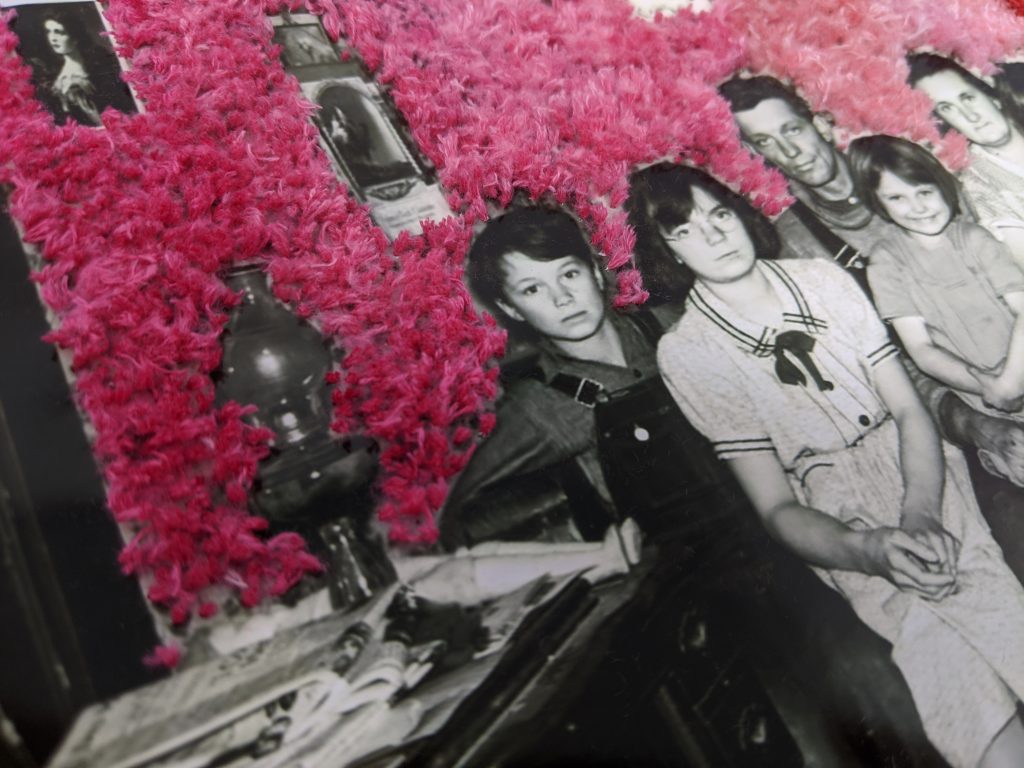
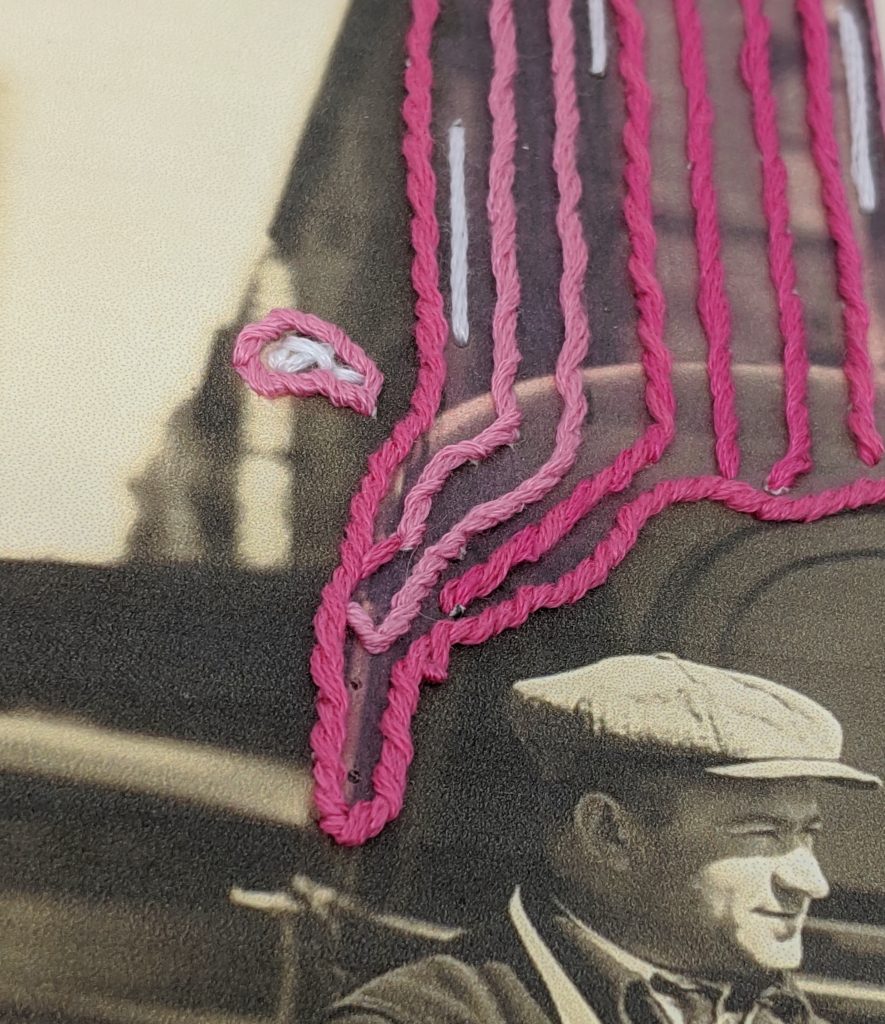
Pink in an artwork makes you confront something inside yourself.
That something could be big or small, upsetting or comforting. Doesn’t matter. The confrontation is what’s important. A confrontation is a question that makes you pause. It can be as small as a stitch, or as big as an elephant. A confrontation is a question that you’ll answer almost immediately with your intuition. That’s what I’m interested in. The naturalness, primality, invoked by such an unnatural color.
Pink is a loaded adjective as much as it is a color. It is something we culturally face everyday so we’re bound to have associations with it.
Pink cloud in sobriety refers to the typically short period of euphoria that some people feel soon after quitting their drug of choice.
Pink tax is the term for how women are nickel and dimed on toiletry products made for their gender.
Pink line(s), one or two depending on your situation, is what we look for on pregnancy tests as the minutes tick by.
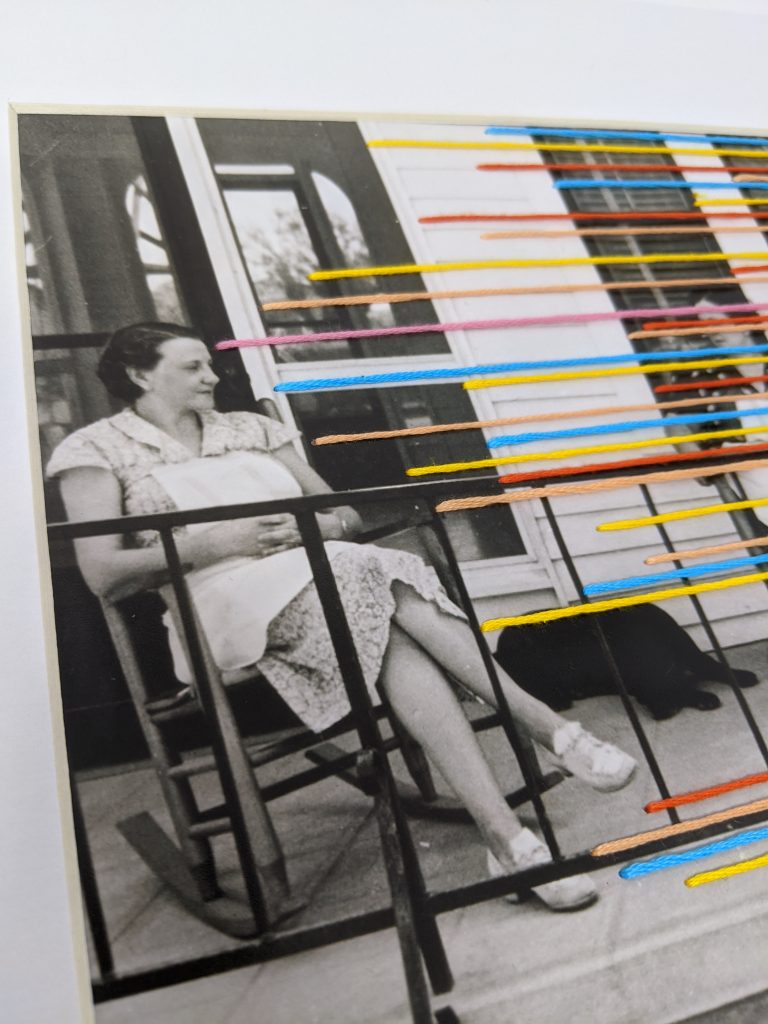
Can’t we just like something? Sure, but what we like has connotations, meanings, and layers. I don’t judge these. Just find it interesting. When we confront our connotations, meanings, and layers as individuals and as a whole, nonjudgmentally, we are closer to making change.
In the path from girlhood to adolescence to adulthood, the color identity shifts along with one’s self and understanding of their persona and place in the world.
Assumptions can be made. Let them.
What we like can change. Let it.
Who we are can change. Let’s.
The color though. The color never changes. And maybe that’s it. Maybe pink is some form of—some outlet for—controlling the narrative of my own life. Seeing my self, my life, my color for what it truly is: Whatever I make of it.
And I want to make it beautiful, fun. I want to make it pop.
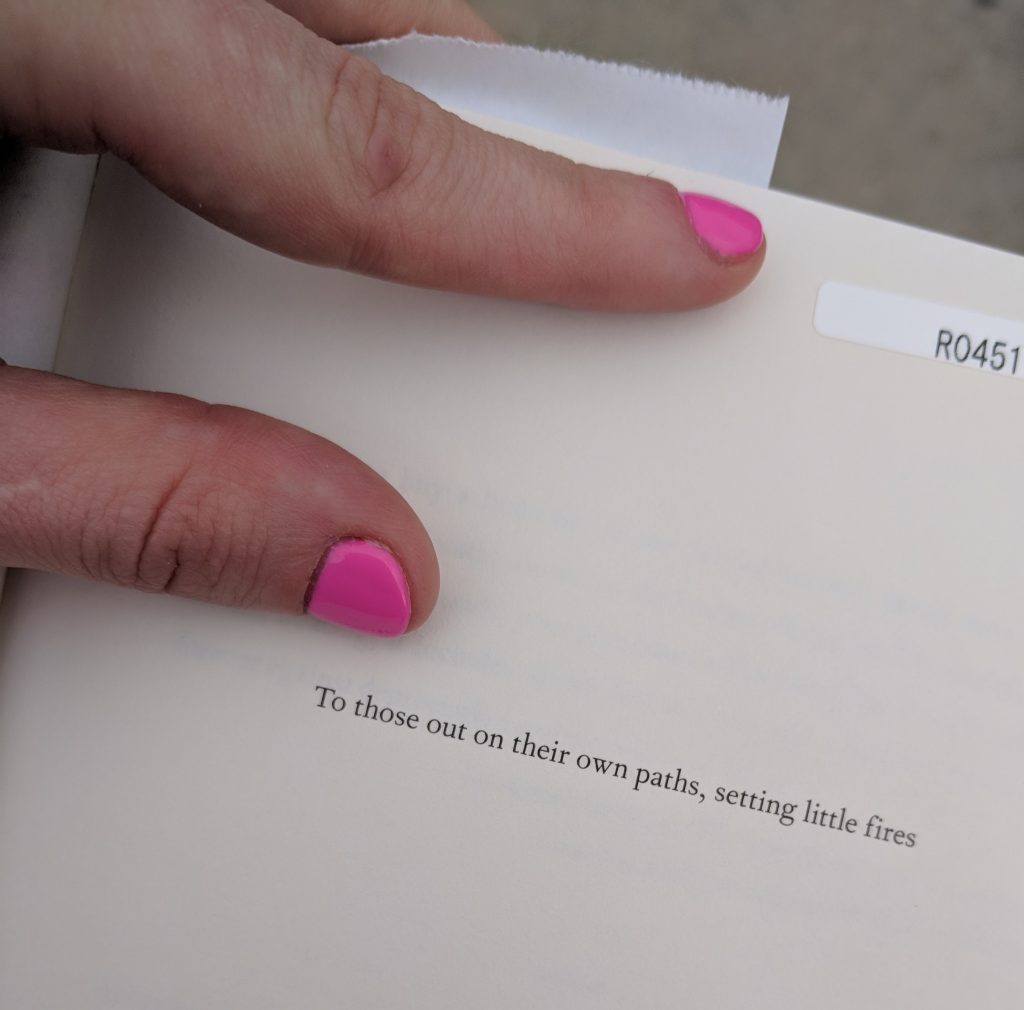
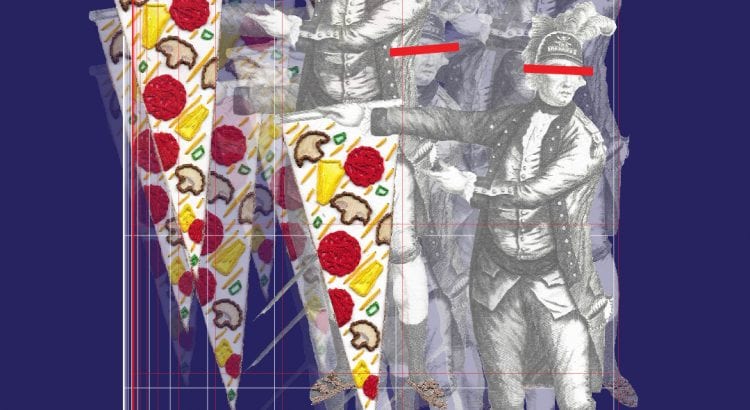
Check out these posters I made for the CCA@CCA Artwork Campaign in San Francisco!
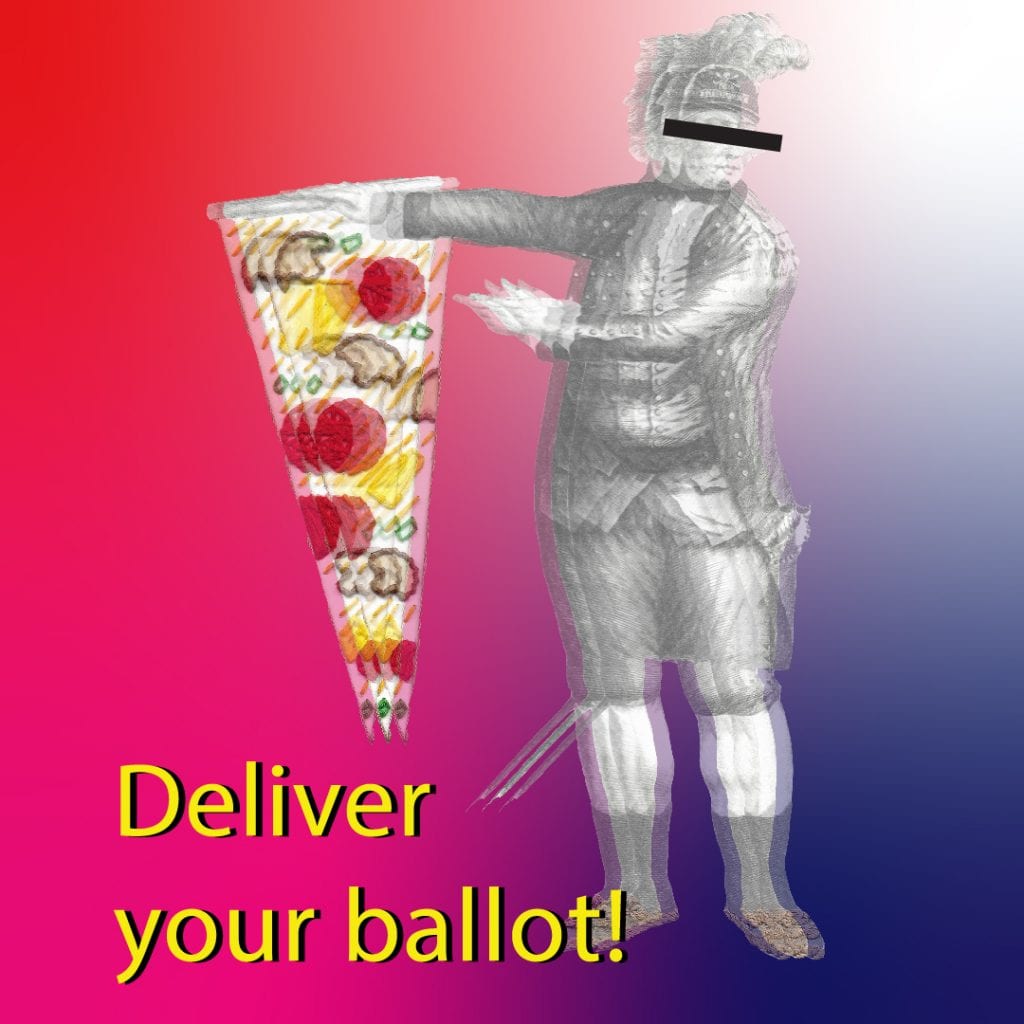
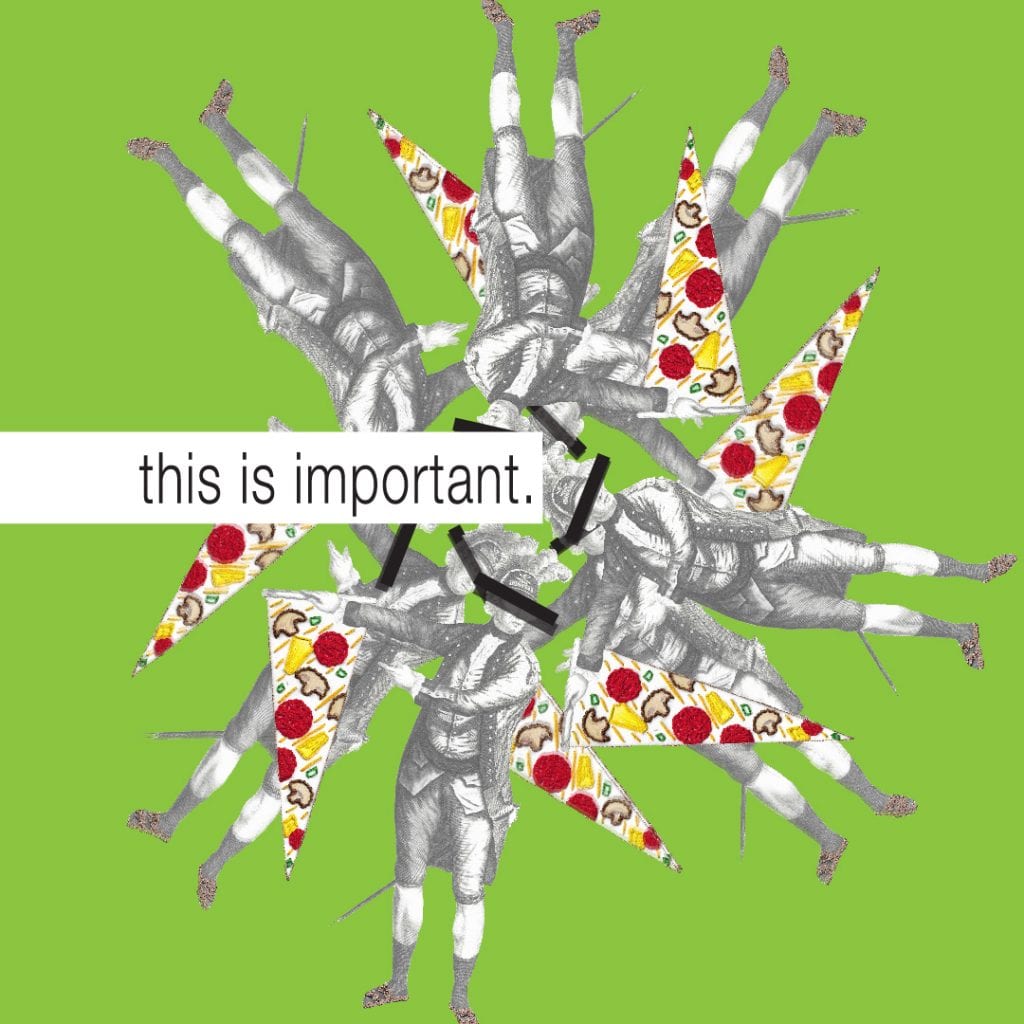
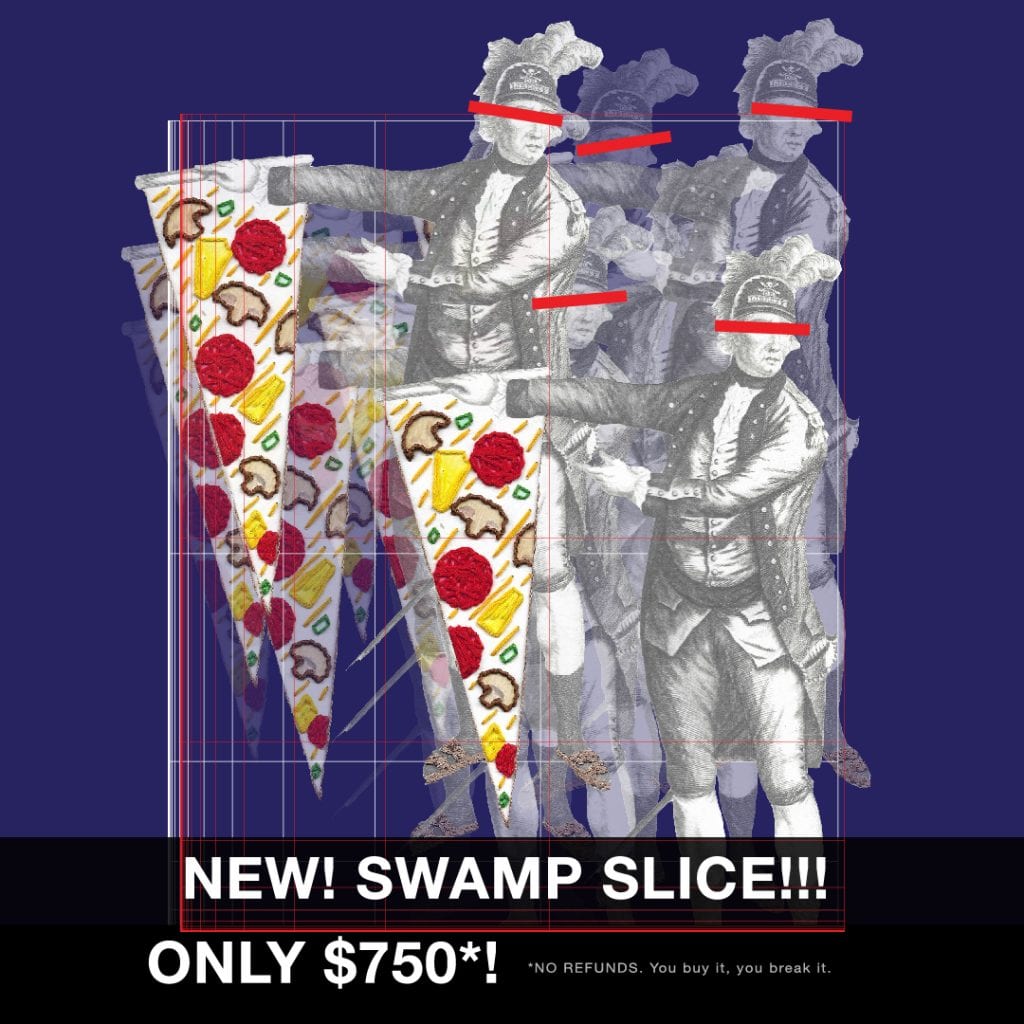
I’ve been learning how to cut out photos in Photoshop and decided to use a cutout of my embroidered pizza-party-boy patriot as a starting point. The exhibition prompt: “Express creative activism and promote democratic participation in the lead-up to Election Day and beyond.” ✌️🖕✊
All the artworks in the exhibition (on view online and in the windows of Hubbell Street Galleries at California College of the Arts) have been made into free, downloadable posters that you can print out and share to encourage others to get involved in their communities.
I took a playful angle with my entries, but there’s some really striking work up there, including a participatory Google maps photo project that pins found, littered masks—American Values by artist Amy Tavern.
Go to creativecitizens.cca.edu to see all the stellar work and download your favorites. Then go vote and/or eat pizza while you wash your face mask.
😷🗳️🍕🦅🕊️📮🇺🇲 #presidentsarelikepizzatoppings #youchoose
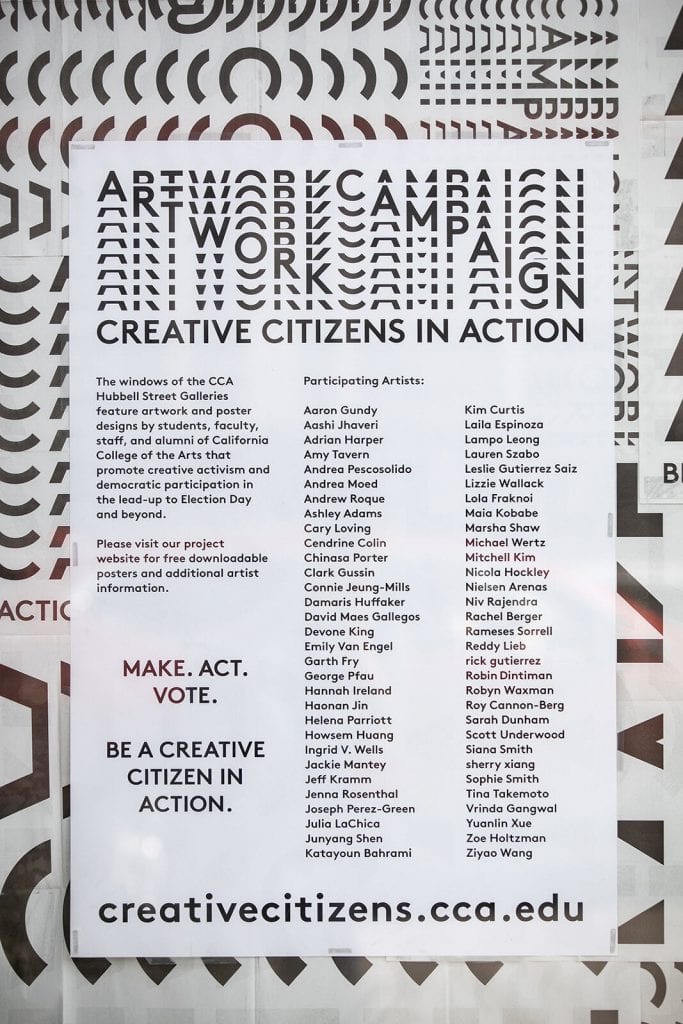
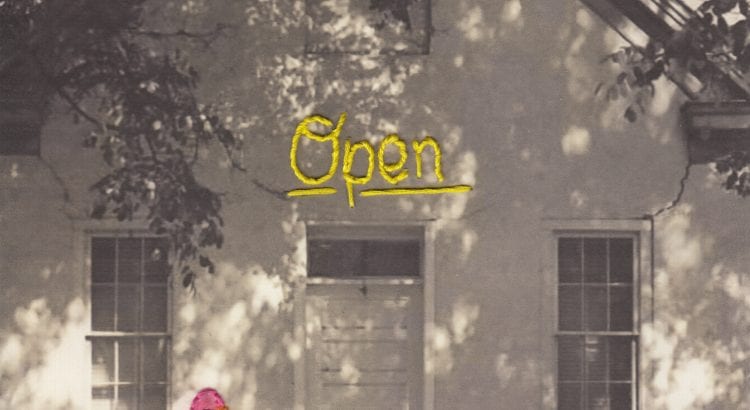
Weeee! Today’s the day! My shop went live today at noon, and I hope you take a chance to poke around. Up now: original hand-stitched embroidery art, collage notebooks, and limited-edition prints of some of my favorite pieces.
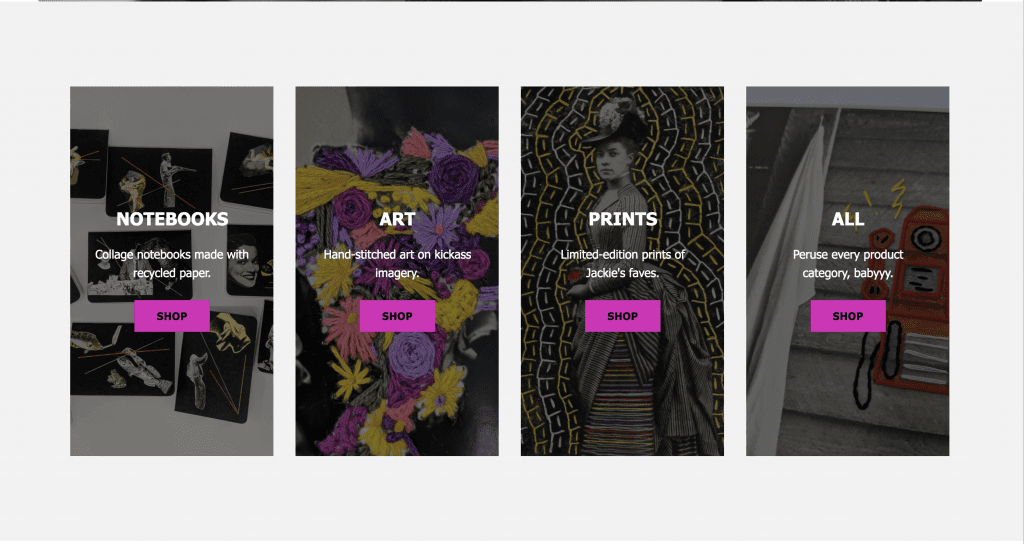
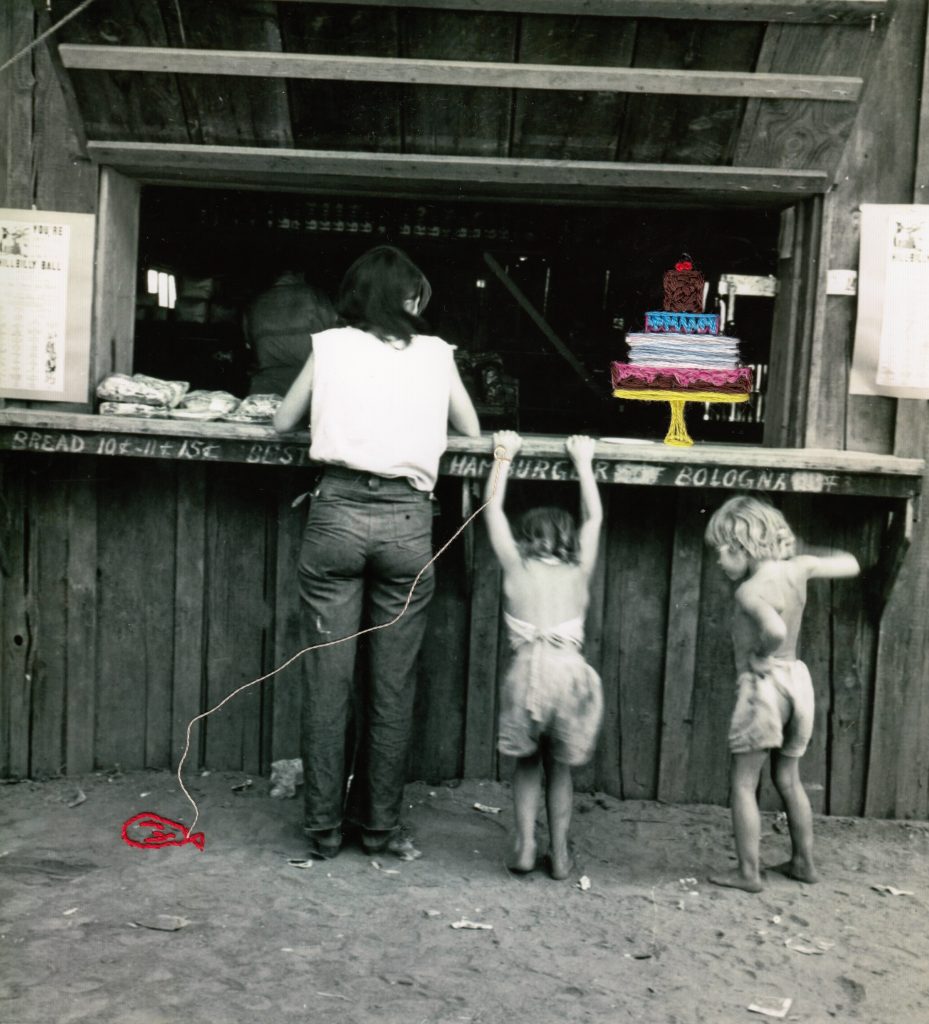
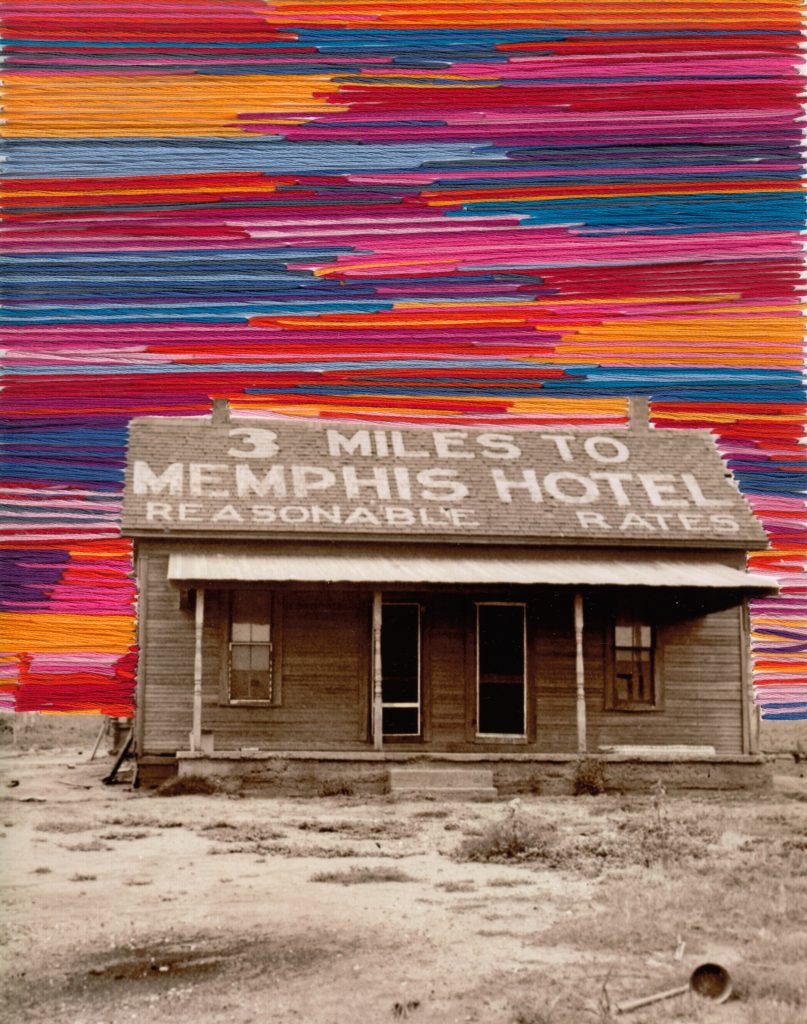
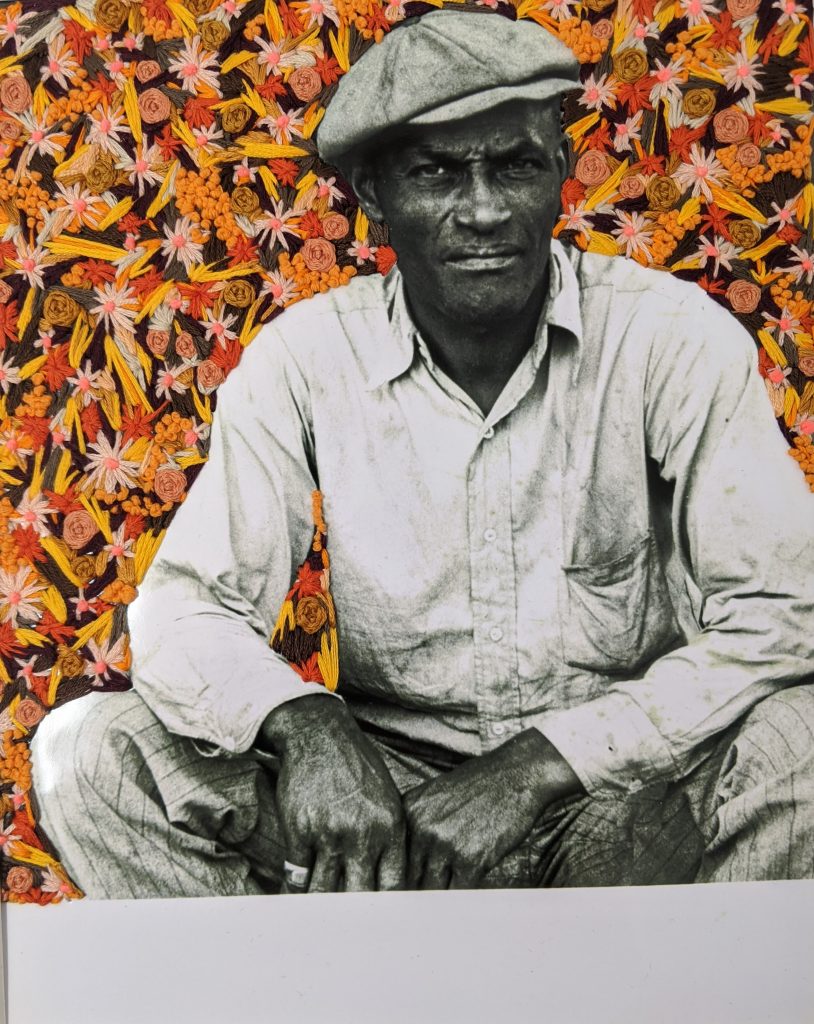
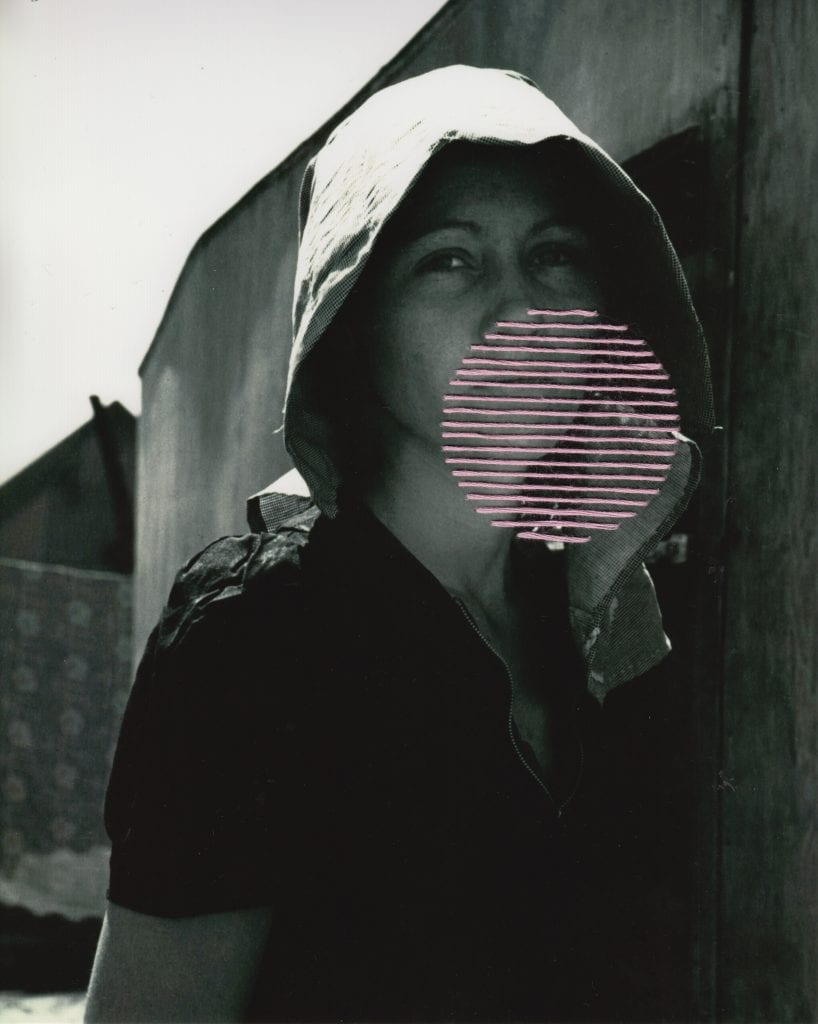
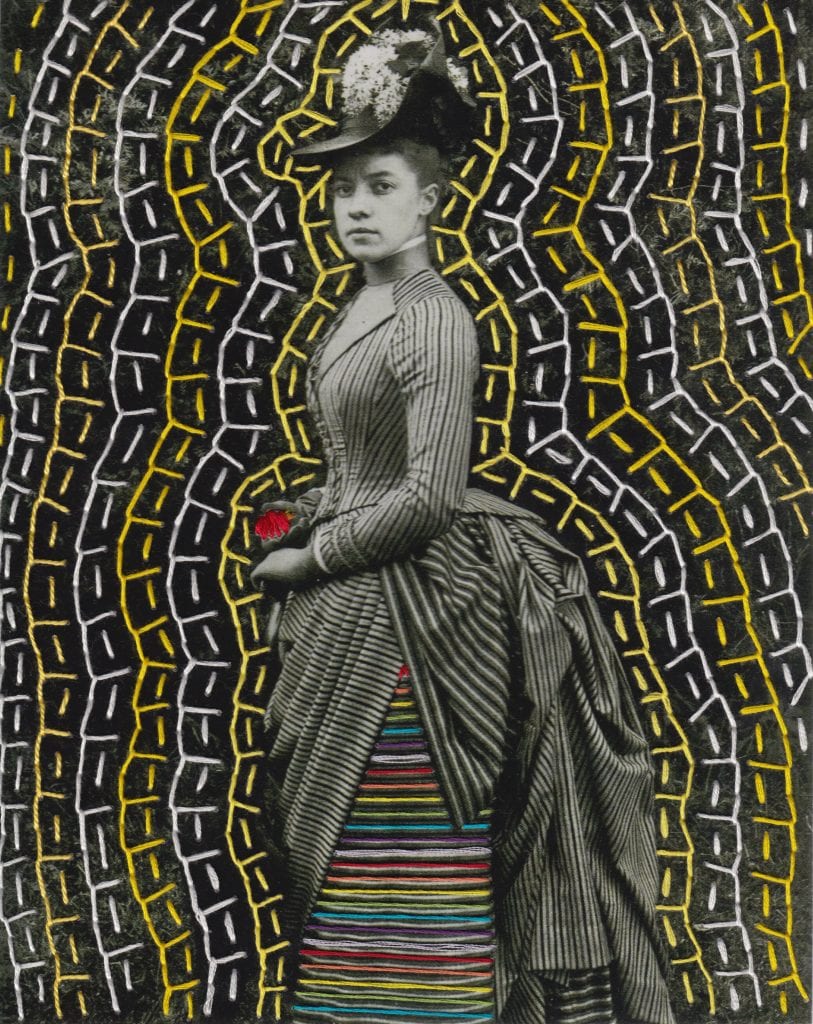
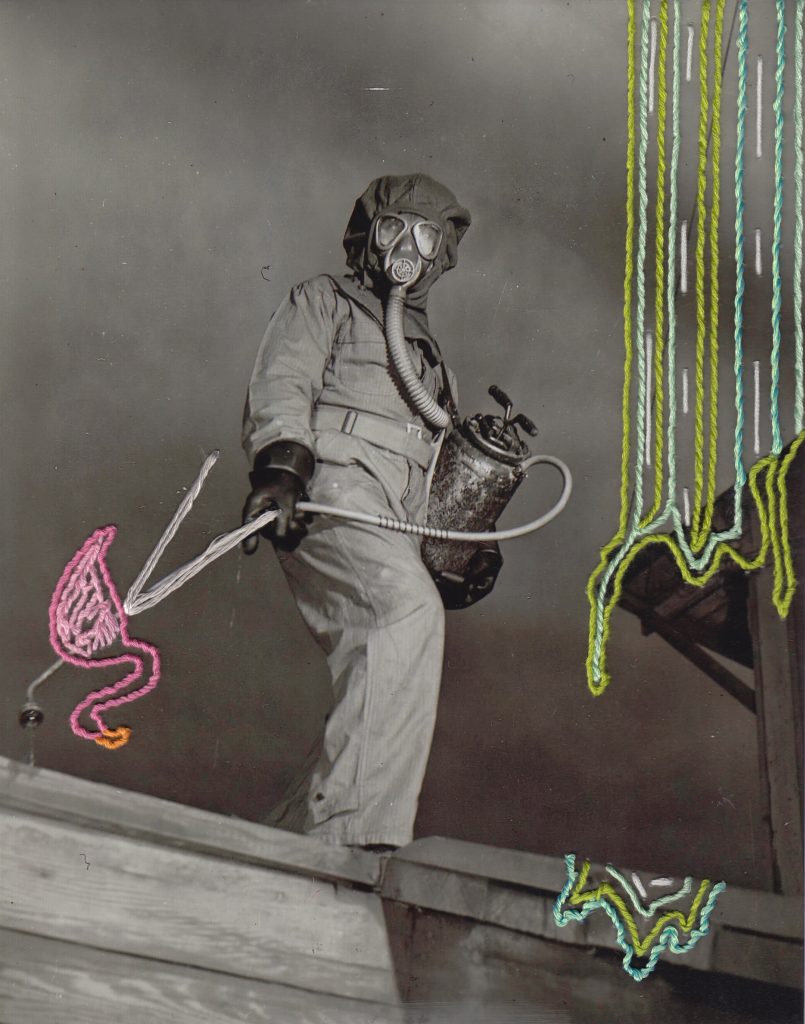
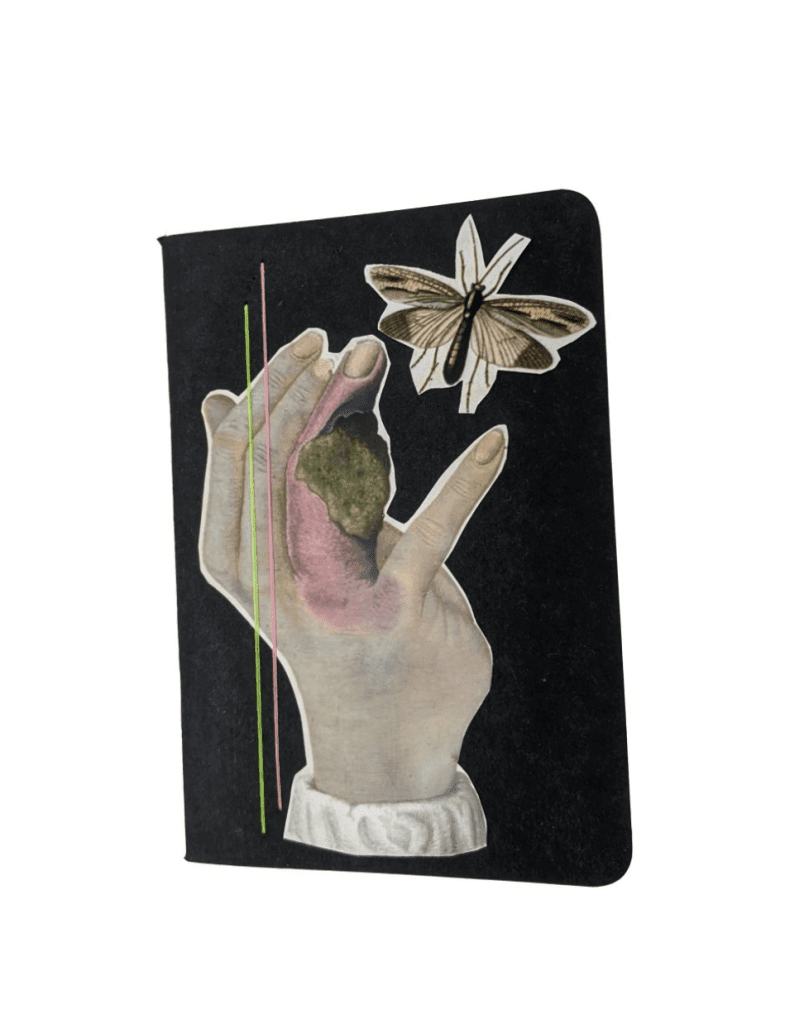
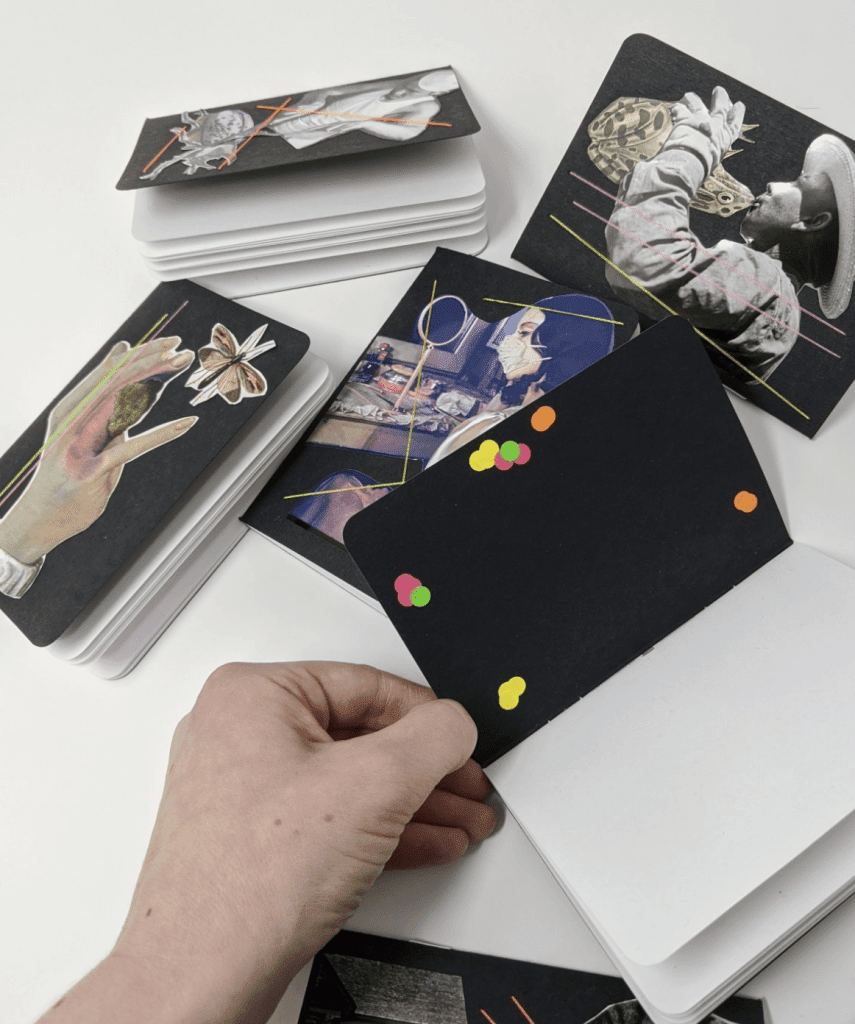
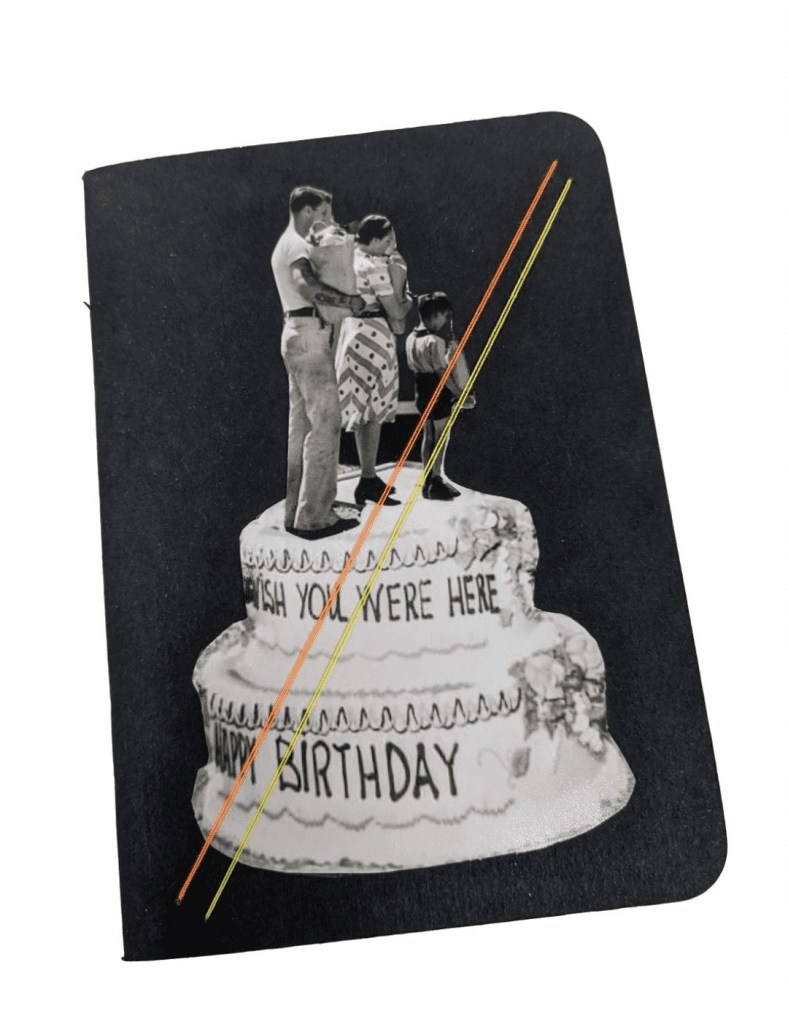
I started building the website in April after it became apparent that any art and craft fairs for the spring and summer would probably be canceled because of the pandemic. Little did I know that art and craft fairs for the rest of the year would indeed be canceled too, and my opportunities to share, show, and sell my work at Chicago galleries and storefronts would also be gone with 2020’s germ-infested wind.
A friend of mine recently told me she had heard on a podcast that the best way to mentally get through the pandemic-imposed isolation so many of us are participating in is to do things that accomplish two objectives: novelty and progress. So, for example, cooking new meals (novelty) every Friday from one cookbook (progress). Building this shop has helped me achieve both of those things. The shop is new and, as I plugged away on it with the new spare time on my hands, I slowly progressed the thing from a blank page subdomain into a working shop.
I loved it. The time-consuming, trial-and-error process of building a website reminds me of the meditative work it takes to thread hundreds of stitches into a photograph. This kind of work is endlessly therapeutic for me. I did the design, the building, the inventorying, the anything-and-everything associated with the site all by myself on purpose. I wanted to own the whole thing so if something went wrong, I had the knowledge of how to fix it—or at least where to start looking for the problem. If that’s not a healthy psychological attempt to give myself a sense of control in 2020, I don’t know what is.
I had to develop my inventorying process, shipping workflow, and branding experience. I used Asana to manage my to-do list, because each step in the development challenged me with new questions big and small. Do I need a Cookies alert? How do I weigh packages? What does the UX look like after someone makes a purchase? Who is cPanel? Why the hell won’t my site load? ~et cetera~ (Shoutout to all my YouTube and Creative Live teachers!)
This, the year of our lord baby Beyonce, has been a doozy. Having a digital space to call my own, structure and design at my own pace, and turn to as an expression of creative optimism for the future, has been, well, essential. A new study released in September by Harvard’s School of Public Health found that an optimistic outlook may be a healthier one: “In a population of relatively young and healthy U.S. Army active-duty soldiers, we found that those who tested highest for optimism at the start of the study had a 22% lower risk of developing hypertension during three-and-a-half years of follow-up than those who scored the lowest.”
I’m certainly not soldier-level stressed, but the study’s findings aren’t surprising to me. Building out the shop has been an exercise in escape as well as positivity. It helped me escape into something productive and it pushed me to consider what my future creative practice would look like. Why build a shop if I don’t believe the future will be good? Why work toward something to share in the future if I don’t believe there will be one? Why share my art if I didn’t believe it was going to continue? The shop has been a lighthouse for me in a dark storm cloud year.
The other important benefit I discovered while building this shop is that it has helped put boundaries around my current visual art practice and consider how all of my work fits together under one big umbrella that is me.
I think of clearly defined boundaries/constraints in creative practice similar to bowling with bumper lanes on. It helps.
As I worked on laying out the pages, I had to think about how the shop would connect to this site, which then brought up questions of my content on here. I think of jackiemantey.com as an archive of my creative life, as well as a space to jam on current works-in-progress, but what does that look like when I now have a secondary site I want to drive people to, and how do I shape the experience so that it isn’t burdensome for me or the people who visit my sites?
Other questions this work answered: How do I maximize my time working on my many projects, and how do I do it with intention? Am I an embroiderer or an illustrator or a photographer or a writer? All of the above? I think I’m all of the above, but thinking through all of this forced me to outline a hierarchy of these practices and shape an idea of how I envision them all coming together and growing in my next visual project. This work will be pivotal to my decision-making about what I work on next. It gave me guide rails and helped me define what I want to do with myself and my creativity. That, my friends, comes as a relief to a narcoleptic overachiever with a million and one ideas. It gives me something to refer to when I need to say no to myself and get down to the doing.
How did I go about all of that behind-the-scenes figuring-out-of-stuff? I journaled the shit out of it! In my professional work, I write about artists, their practices as individuals, and how they have come to find and refine their voice. And, bonus, I write brand guidelines about voice, tone, personality, visual language, and more for companies with seemingly disparate, quickly moving parts. So, I decided to do all of that work I usually do for other people, for myself.
I audited my current work and thought a few years ahead of what my dream life as a maker might look like. I defined my visual language (ie., Why do I use pink so much; what does the color represent for me? Why thread? Why old and found photos? Why do I love those slash marks so much?). I wrote out what I did and, importantly, did not want my work to be for me. I wrote about why I make all of this in the first place. I thought of ideas for how the illustration, embroidery, photography, and writing could merge together long term (a direct result of this particular piece of this exploration: My homepage design, which I made in Illustrator using cut-outs of a photograph of flowers I’d taken during quarantine).
In the final stages leading up to launch, the shop also presented an opportunity to learn and experiment with other modes of making. I watched YouTube videos on how to animate photos in Photoshop, and made a few animated videos to announce the opening on my embroidery Instagram gallery. I’m excited to play with this more!
Whew, OK. There’s a lot here, and I have so much more to tell you, but this will do for now. I feel totally geeked (and, per usual, annoyingly sincere) about how focused I feel now because of putting together something as seemingly basic as a website for my work. The project unlocked a lot of understanding about who I am, why this work is important to me, whether I’m a professional or not, and how it will all evolve in the future. Like they say on the Twitter, “Thank you for coming to my Ted Talk.” Now, go visit my shop.
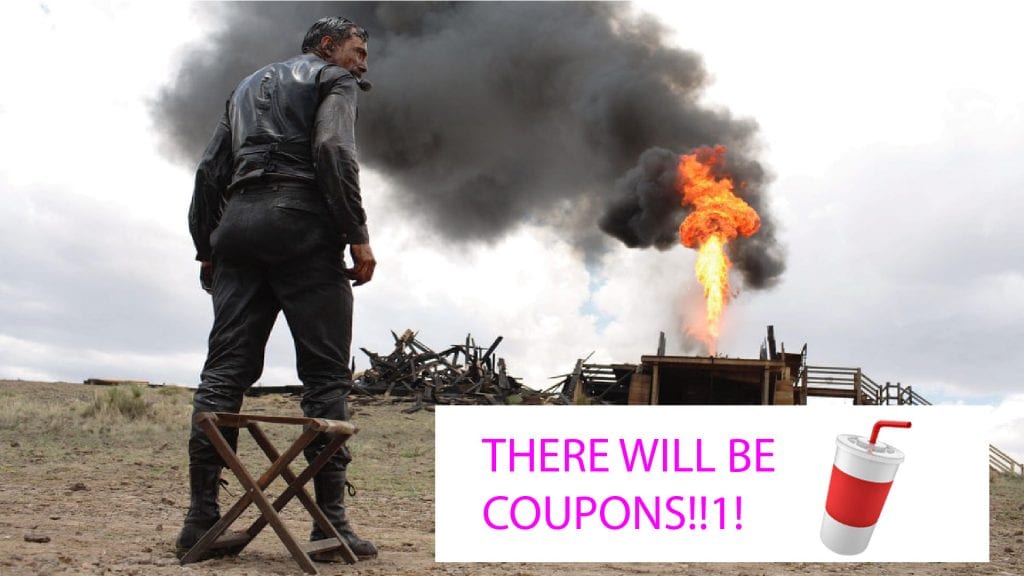
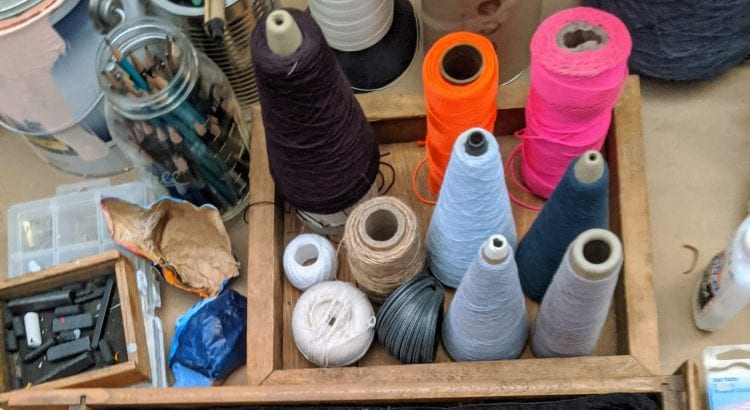
My visual art practice started with embroidery in 2016 because of sobriety, but I think I was particularly drawn to threaded work because I already knew my way around needle and thread. I had learned how to sew as a kid through 4-H projects. My Great Aunt Alice, an incredible seamstress (and elementary school secretary), was my guide. Several weekends every spring, Mom would drive my sister and I out to the other side of the county and drop us off at my aunt’s small brick house. There, we’d cut out our fabric, prep our bobbins, and get to work on the sturdy sewing machine she kept tucked away in her bite-sized kitchen.
I loved hanging out with my Great Aunt Alice—but I hated the work. Sewing is, like, mind-numbingly tedious to a pre-teen/teenager, and I just wanted to play outside! My favorite moments on those sewing sleepover weekends was when the three of us would walk the quarter-mile country lane between Alice’s house and our great grandma’s farm for a visit and a snack. (And that the one time we watched NASCAR at her house, Dale Earnhardt died. I watched the fatal crash while ripping out seams on a jumper, slack jawed and entranced. “Is NASCAR always like this?!” It’s the only car race I’ve ever watched. Weird.)
My bad attitude aside, those formative stitching experiences did teach me, at least, to be confident around needle and thread. So when I hauled my begrudging but hopeful self into a JoAnn Fabrics at age 30, after more than a decade avoiding anything of the sort, it was like finding an old, steady friend. And an old, steady friend was exactly what I needed in early sobriety (and exactly what I needed at the beginning of a visual practice as a writer who thinks she’s “bad at art”). But now it’s four years on. Why is thread still an ideal material for me?
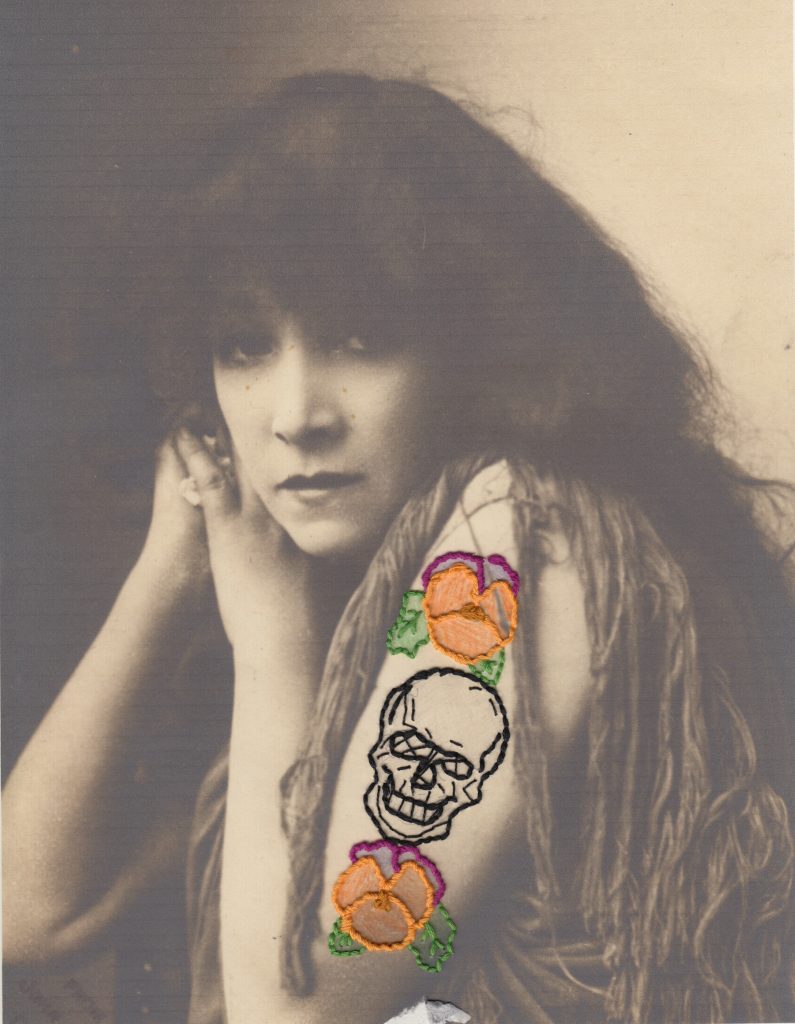
Thread makes me slow down and take my time. Now that I’m no longer a jangly bundle of teenage hormones, I appreciate the meditative space of sitting still to work on something for a long period of time. I can’t rush a piece of embroidery without running the risk of ripping the photograph and, thus, wasting time and resources, so it has a practicality to it. However, my appreciation for thread is philosophical and psychological too. Like the Oregon Trail Millennial that I am, I remember life before the internet and recognize that technology has our lives going at an unusually warp speed. It’s the digital wild wild west and it’s cool but also awful and it’s, ultimately, exhausting. The act of pushing a needle through another material is some throwback shit that is simultaneously novel to me.
Working with thread is a physical experience. When I’m working on an embroidery piece, I’m using my fingertips to delicately thread a needle versus, as per 21st-century-usual, steering them toward a screen to unlock or a virtual thumbs up to give. This physicality is a complementary contrast to my writing practice. Writing is physical for one part of my body—my fingers, as I type. But embroidery of even the smallest of stitches requires many movements in one: pulling from my shoulders, a lean back of my spine, an in-breath as I push the needle in, an out-breath as I pull the thread through. And again. I enter a repetitive physical trance that centers me in my body and asks me to stay. To “stay” is an essential physical and emotional skill, and it’s one that embroidery helps me practice on a daily basis.
Thread can’t be saved on a hard drive. A half centimeter flower made of thread can take me half an hour to get right, and there are images I fuck up but keep working on in order to practice certain stitches or colorways. And, gasp, I never share these publicly. (Doing something expressive we enjoy without talking about it on social media is a cultural novelty at this point!) These practice uh-oh pieces are, I think, not unlike the delicate Buddhist sand mandalas that are purposefully swept away (to dust you shall return!) when they’re complete, an act that symbolizes the impermanence of, well, everything (RIP Dale Earnhardt). I can get lost in time while making an embroidery piece. More accurately, time becomes unnecessary, I become present in each moment and in each breath. With thread, I don’t feel that profound, full-body loss of time when I’m writing or designing something on my computer. What a gift!
“It is particularly pleasing for me to see that the language and imagery associated with embroidery is suddenly to be found everywhere in modern life. Words traditionally associated with needlework now permeate digital and scientific language—we talk of email threads, strands of DNA, the web, the new, and now, most satisfying of them all, string theory. An embroiderer will identify immediately with the idea that the universe and its contents are made up of sub-atomic loops and threads. // To admire a piece of hand embroidery is to appreciate time itself—your fingertips can almost touch the hours, days, and weeks embedded in every stitch. I urge the readers of this book to relish the relaxing pace that the medium requires. This pace and the attention to detail needed can be the perfect antidote to the distractions of modern life. The projects presented here will introduce you to core embroidery techniques—nurturing a focus, patience and precision that I hope will be as rewarding to you as the finished pieces themselves.”
— Embroidery: A Maker’s Guide
Thread has a universality and timelessness to it that makes it a symbolically valuable material. Another artist once described my inclination to start embroidering as a method for entertaining myself in early sobriety as a symbol of doing the work of recovery—I was “bringing light to the darkness, one tiny needle punch at a time.” I love this analogy, and I’m not alone in using thread to heal and to, quite literally, unite. Thread has been a lifeline for the working class for centuries and every culture and generation has found a way to subvert both its utilitarian one-dimensionality and its aristocratic exclusivity (i.e., embroidered embellishments were once reserved for only the primped and powdered aristocrats) and transform the act of stitching by hand into an art form, a storytelling medium, and a connective lifeline between members of a spoken or unspoken community. It makes sense to me that the AIDS Memorial Quilt was a quilt, for example—that needle and thread were the materials they chose for something so representative of both sides of the coin, the joy and celebration of an individual life, a single stitch, a single breath, the sadness and anger tied to the injustice of not “clothing” these brothers and sisters, etc.
Thread is a demarcation of an expedition, each stitch a breadcrumb on the path. The stitches are small, but their size is disproportionate to their meaning. They hold so much in their strands.
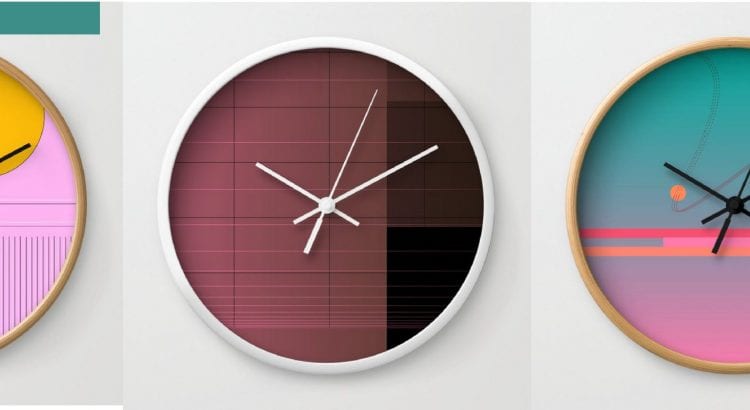
My wristwatch broke a few days ago, the hands frozen in a random high V. I’m inappropriately bummed about it! It took me a while to find a watch I liked, and this one—a mesh banded and metal mixed babe, silver and gold—goes with everything, looks classy af, and has basically become my sartorial security blanket.
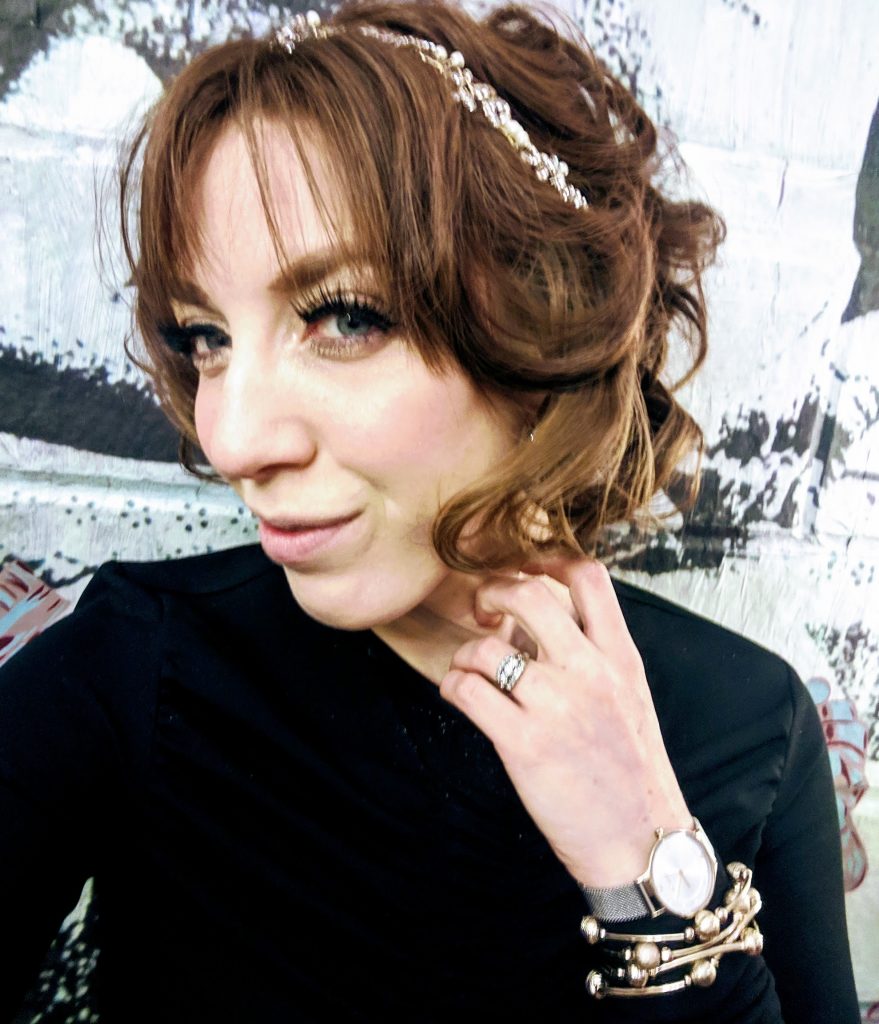
A 32nd birthday gift for myself, the watch has factored into my daily routine for the past two and a half years. I put it on each morning and take it off each night… like, well, clockwork. Now it is a phantom accessory. I keep catching myself staring at my naked left wrist after absentmindedly pulling it up to check the time.
I’ve decided to take the watch to a repair shop rather than simply buying a new one. The former has proven an infinitely more complicated choice than the latter. (But really not complicated at all, dear reader. I’m just comparing the work involved in finding, reviewing, and connecting with a reputable repair shop versus, you know, clicking around Macys.com for a few hours. Hours I can no longer track with my darling watch! <cue first-world wounded howl>)
Beyond the feeling of style and consistency a wristwatch offers me, I love my arm candy because it helps me pick up my phone less. And no need to light up my computer screen to check the time and risk dicking around online for 15 minutes before I come to and realize I’m late for a meeting. Just as a for example.
So now, as I find a place to fix my cheap but cherished timepiece and wait for her to be returned to me in tick-tock shape (ha), I’m considering a purchase of a wall clock to achieve a similar kind of stylish analog present-mindedness effect. Here are nine I’m choosing between from my macro.baby shop on Society6 as I hand off my Skagen to the nice clock man with the glass eye and await my beloved’s return.
Cool wall clocks
// by macro.baby on Society6
See in shop: 1 // 2 // 3 // 4 // 5 // 6 // 7 // 8 // 9